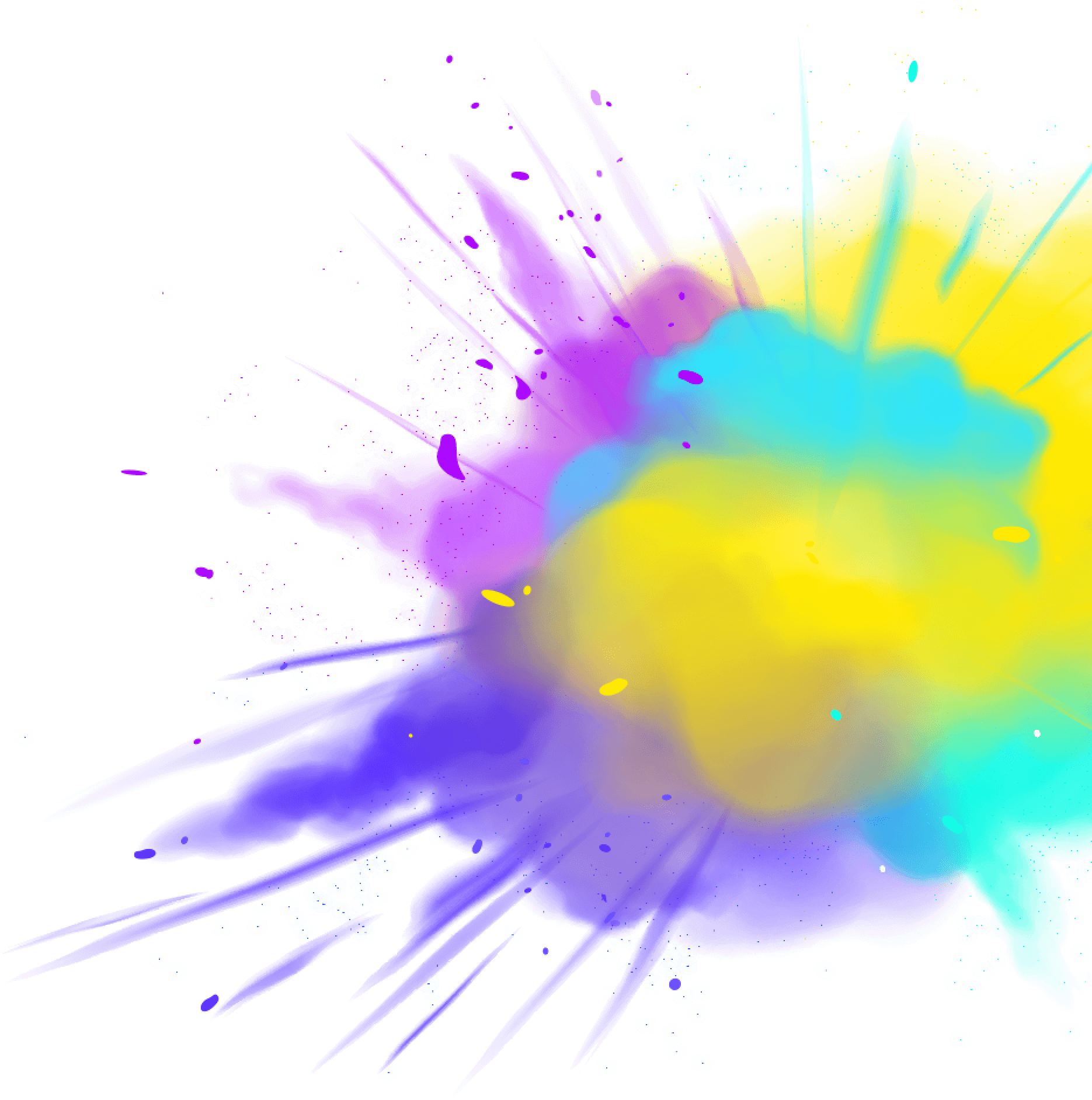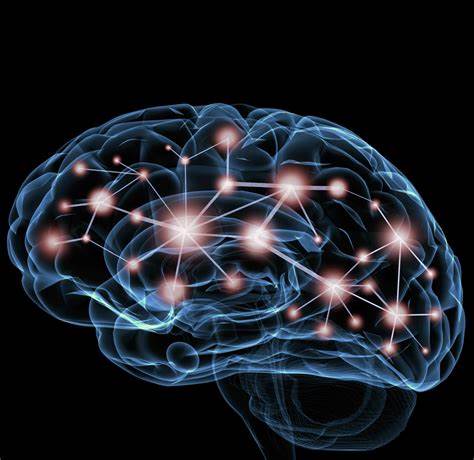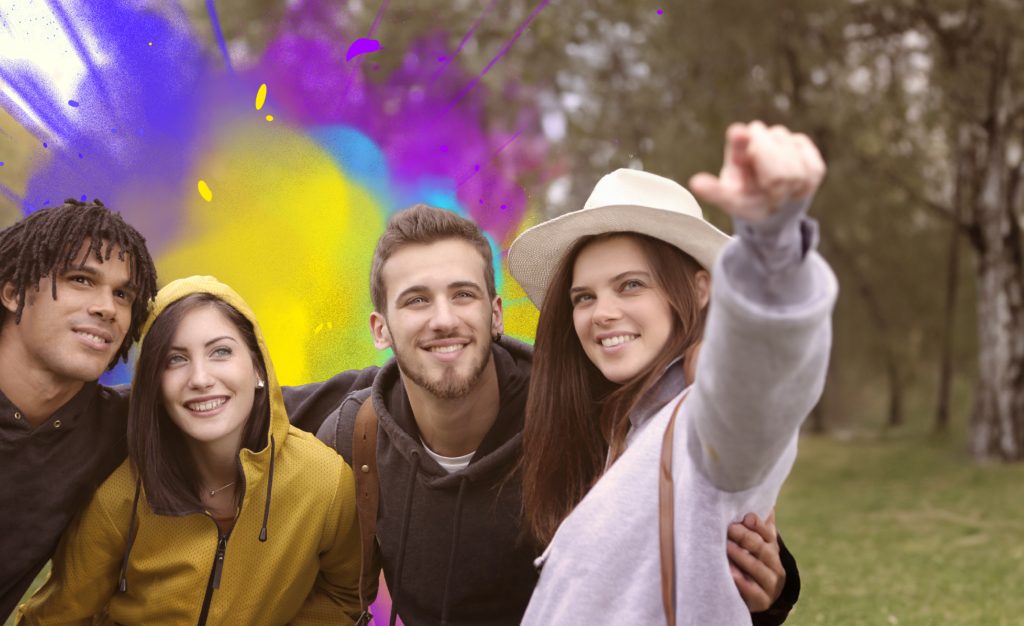

The Emerging Neuroscience of Social Media
Self-awareness is described as the ability to understand one’s own character, feelings, motives, and desires. When one learns to obtain self-awareness on social media, one can develop a heightened sense of conscious attention needed to break away from mindless scrolling. Although this skill is crucial when using social media and maintaining a healthier relationship with it, it does not affirm the deeper understanding of the “why” behind our addictive behaviors but merely cognizance of knowing when to break away from the screen.
In order to understand how social media why social media is incredibly productive in keeping our engagement, it is crucial to recognize the neuroscience behind our brains on and off social media. With that being said, let’s talk a little about how the brain works. The mind and the brain are two separate dimensions of interpreting human behavior. However, they are interconnected and have the incredible power of controlling one another. The mind is energy, and it generates energy through thinking and feeling, and decision-making. When this happens, thoughts are constructed which are the physical structures in our brain made of proteins.

The repetition of similar thoughts has the potential to alter brain chemistry which is a concept called neuroplasticity. This idea can be applied to social media and how it has the capacity to physically change our brains.
The first reason how social media has the capability to change our brains is related to its power to stimulate the reward circuitry. This occurs through receiving “likes” on a post, several comments, or someone responding to you quickly. All of these factors release dopamine (the happy chemical) and over time, repeated bursts of dopamine on social media can cause an obsessive-compulsive behavior that leads to a constant need of fulfilling self-validation. This causes a constant feeling of dissatisfaction and a need for more social gratification.
In one study, 32 teenagers, ages 13-18, were told they were participating in a small social network similar to the popular photo-sharing app, Instagram. Using fMRI imaging, the teenagers looked at images on social media with a high amount of likes and a low amount of likes. According to the brain scans, there was a large amount of activity in several regions of the brain while the teenagers were looking at these images.

A region that was particularly active while the teens were looking at the images with high likes was the nucleus accumbens. This is a part of the brain’s reward center that is extremely sensitive during the period of adolescence.
Social media doesn’t only cause changes in our brains, but it can have effects on our most essential bodily functions as well. When we spend too much time on social media, blood flow is rerouted from the pre-frontal cortex (the part of the brain responsible for decision-making) and transferred to the areas of our body responsible for performing our most essential bodily functions such as the heart and lungs. This movement of blood has the ability to trigger our “fight-or-flight” response (driven by the amygdala) which is why we may feel overwhelmed on social media or even forget to do important tasks.
Just like our “fight-or-flight” response is an evolutionary aspect of contemporary human behavior, our need for socialization and connection is ingrained in our biology and explains our desire to feel loved and accepted especially during the period of adolescence. As social creatures, we fall victim to the “herding” effect, where if we feel as if we are alone or outside of the “popular” group, we fall into a place of isolation and loneliness. As humans, we have evolved to feel connected to each other. It is a key component of group dynamics and an essential aspect of the human condition. However, we have not evolved to be reminded of our worth every five seconds – which is the information shown to us through social media.
It is no doubt that the reward stimulation of social media as well as the personal connections that can be created from the platforms have the ability to keep our eyes glued to the screen, fit our basic human needs perfectly, and create the foundation for negative neuroplasticity.
Our brains are incredibly malleable and because of this, humans have evolved in beautiful ways. However, the fragility of our brains makes us susceptible to absorbing information in the environment that can harm us. Understanding the beauty and the negative aspects of neuroplasticity can help protect our minds, which will in turn, protect our brains, and stop our adverse behaviors.
References
Dr. Caroline Leaf. (2021, July 1). How are the mind & the brain different? A neuroscientist explains. mindbodygreen. Retrieved February 14, 2023, from https://www.mindbodygreen.com/articles/difference-between-mind-and-brain-neuroscientist
Social Media ‘likes’ impact teens’ brains and behavior. Association for Psychological Science – APS. (2016, May 31). Retrieved February 14, 2023, from https://www.psychologicalscience.org/news/releases/social-media-likes-impact-teens-brains-and-behavior.html
